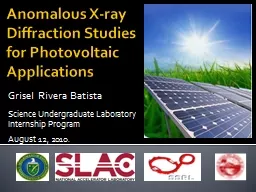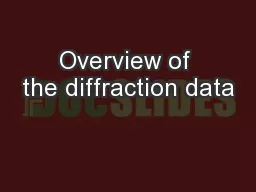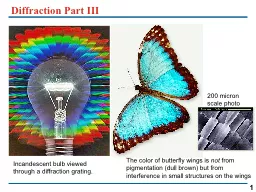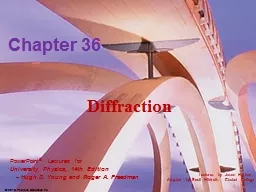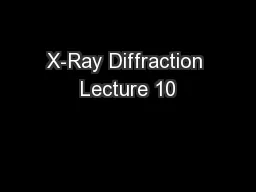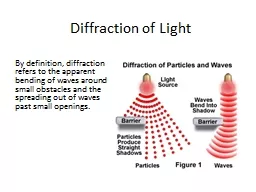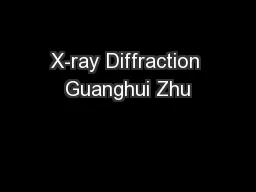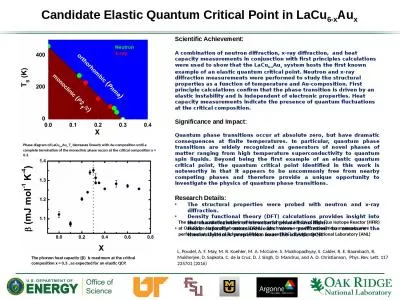PPT-Anomalous X-ray Diffraction Studies for Photovoltaic Applic
Author : debby-jeon | Published Date : 2018-01-17
Grisel Rivera Batista Science Undergraduate Laboratory Internship Program August 12 2010 Advantages of AXRD Sensitive to N eighboring elements in the periodic table
Presentation Embed Code
Download Presentation
Download Presentation The PPT/PDF document "Anomalous X-ray Diffraction Studies for ..." is the property of its rightful owner. Permission is granted to download and print the materials on this website for personal, non-commercial use only, and to display it on your personal computer provided you do not modify the materials and that you retain all copyright notices contained in the materials. By downloading content from our website, you accept the terms of this agreement.
Anomalous X-ray Diffraction Studies for Photovoltaic Applic: Transcript
Download Rules Of Document
"Anomalous X-ray Diffraction Studies for Photovoltaic Applic"The content belongs to its owner. You may download and print it for personal use, without modification, and keep all copyright notices. By downloading, you agree to these terms.
Related Documents

